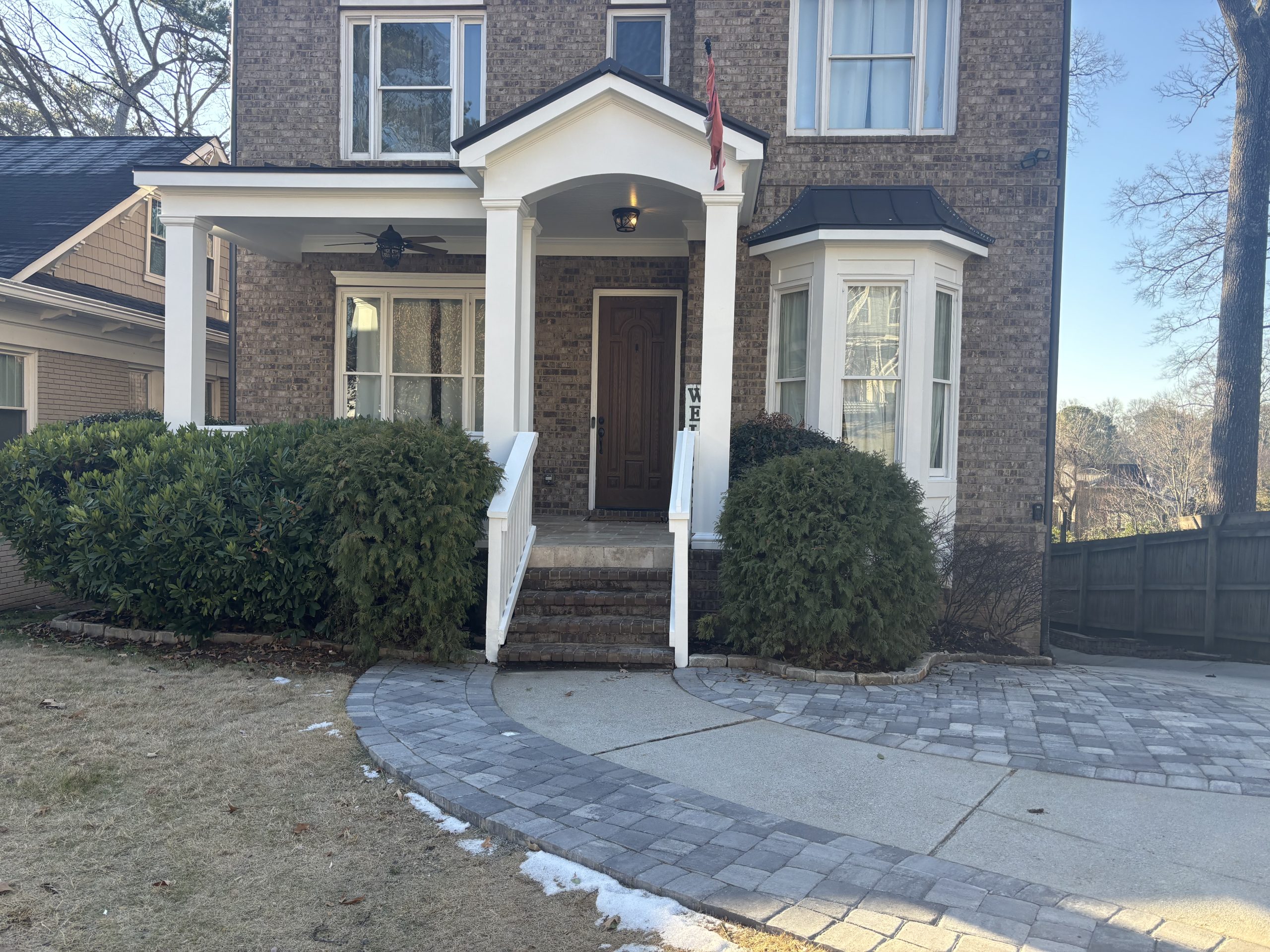In the realm of home interior design, color reigns supreme. It’s not merely about aesthetics; it’s about how color influences emotions, perceptions, and even behaviors. This article delves into The Role of Color Psychology in Home Interior Design, exploring how different shades can transform a space and impact those who inhabit it.
Understanding Color Psychology
What is Color Psychology?
Color psychology refers to the study of how colors affect human behavior and emotions. Each color evokes specific feelings that can influence your mood and overall atmosphere within a space. For instance, blue often instills calmness, while red can evoke energy or passion. Understanding this is essential for anyone involved in home decoration, from house painters to professional painting contractors.
Why is Color Important in Interior Design?
Choosing the right colors can enhance the functionality of a room while reflecting personal style. Colors can make spaces feel larger or cozier, brighter or darker. The psychological effects of colors should guide decisions made by painting companies when advising clients on their home design choices.
The Basics of Color Theory in Home Design
Primary Colors and Their Impact
Primary colors—red, blue, and yellow—serve as the foundation for understanding more complex hues. Here's a brief rundown:
- Red: Energizing and stimulating but can also provoke anxiety if overused. Blue: Calming and serene; great for bedrooms or relaxation areas. Yellow: Cheerful and bright; fosters creativity but can be overwhelming if too vibrant.
Secondary Colors and Their Effects
When mixing primary colors, secondary hues like green (blue + yellow), orange (red + yellow), and purple (red + blue) emerge. These colors carry their unique psychological implications:
- Green: Restful and restorative; perfect for living rooms or wellness spaces. Orange: Invigorating yet friendly; ideal for social settings like dining rooms. Purple: Luxurious and sophisticated; works well in creative or intimate spaces.
Color Associations with Specific Rooms
Living Room Color Choices
The living room often serves as the heart of the home where family gatherings occur. Choosing the right hue is essential to create a welcoming atmosphere.
Warm Tones for Comfort
Warm tones such as beige, soft yellows, or muted reds can make a living room feel inviting and cozy. These colors encourage conversation and connection among guests.
Cool Tones for Relaxation
Alternatively, cool colors like soft blues or greens promote relaxation. They are perfect for creating a tranquil environment after a long day.
Bedroom Color Selection Strategies
The bedroom should be a sanctuary—a place to unwind after a busy day.
Serene Blues and Greens
Shades of blue are commonly chosen for bedrooms due to their calming properties. A light aqua or seafoam green can create an oasis of peace conducive to sleep.
Subtle Neutrals for Versatility
Soft neutrals provide versatility while allowing for personal touches through decor without being overwhelming.
Exploring Accent Colors in Interior Design
Adding Personality with Pops of Color
Accent walls offer an opportunity to introduce bold hues without dominating the entire space.
Choosing an Accent Wall Color Wisely
When selecting an accent color, consider its psychological impact:
- A deep teal may add sophistication. A vibrant yellow could uplift spirits in an otherwise neutral room.
The Practical Side: Working with Painters & Contractors
Choosing Quality Painting Contractors
When embarking on a home remodeling project involving color changes, it's crucial to select experienced painting contractors. They understand not only how to apply paint but also how color choices align with homeowner preferences.
Questions to Ask Potential Painting Companies
Can you provide references? What brands of paint do you recommend? How do you handle color consultations?House Painters’ Expertise in Color Application
House painters bring invaluable skills that go beyond mere application techniques—they understand how lighting affects perception of color throughout the day.
Seasonal Considerations in Home Interior Colors
Adapting Your Palette with Seasons
Colors often resonate differently depending on seasonal contexts:
Spring Revitalization
Bright pastels reflect the renewal associated with springtime—think soft pinks and minty greens that breathe life back into your home after winter's gloom.
Summer Vibes
Warm yellows paired with ocean blues evoke summer's vibrancy—ideal for entertaining areas like patios or outdoor kitchens.
Cultural Implications of Colors in Design Choices
Exploring Global Perspectives on Color
Different cultures associate colors with varying meanings:
Red's Dual Nature
In Western cultures, red symbolizes love but can signify danger painter elsewhere—it's vital to consider cultural implications when choosing palettes for homes reflective of diverse backgrounds.

FAQs About Color Psychology in Interior Design
What are some universally calming colors?
Typically, blues and greens are considered calming across many cultures due to their associations with nature and tranquility.
How often should I repaint my home based on trends?
Trends evolve frequently; however, it's generally advisable to refresh interiors every 5–7 years unless wear necessitates sooner action!
Can bold colors overwhelm smaller spaces?
Absolutely! Bold hues may make small areas feel cramped—consider lighter shades combined with strategic accents instead!
Is there scientific backing behind color psychology?
Indeed! Numerous studies indicate specific shades trigger emotional responses tied directly back into our biological wiring as humans!
How do lighting conditions affect my color choice?
Natural light alters perception significantly—what looks good during daylight might appear dull at night under artificial sources!
Should I consult professionals before deciding my home's palette?
Definitely! Engaging professional painters or consultants ensures informed decisions tailored specifically towards both your aesthetic desires AND functional needs!
Conclusion
In conclusion, understanding The Role of Color Psychology in Home Interior Design is essential not only for aesthetic appeal but also emotional well-being within your environment. By thoughtfully selecting colors that resonate with your lifestyle needs—from soothing bedrooms painted by skilled interior painters to vibrant living spaces transformed by talented exterior painters—you create an atmosphere that speaks volumes about who you are while nurturing positive experiences at every turn!
By collaborating closely with knowledgeable painting companies—and considering broader cultural contexts—you ensure that each brushstroke contributes meaningfully toward crafting personalized sanctuaries where cherished memories unfold daily!